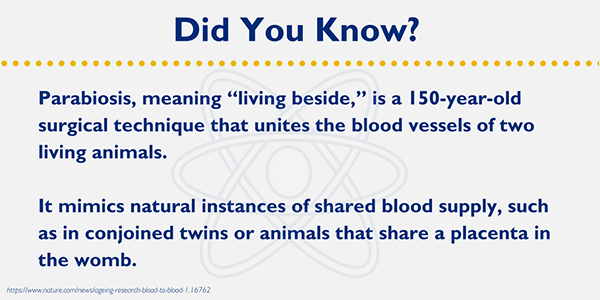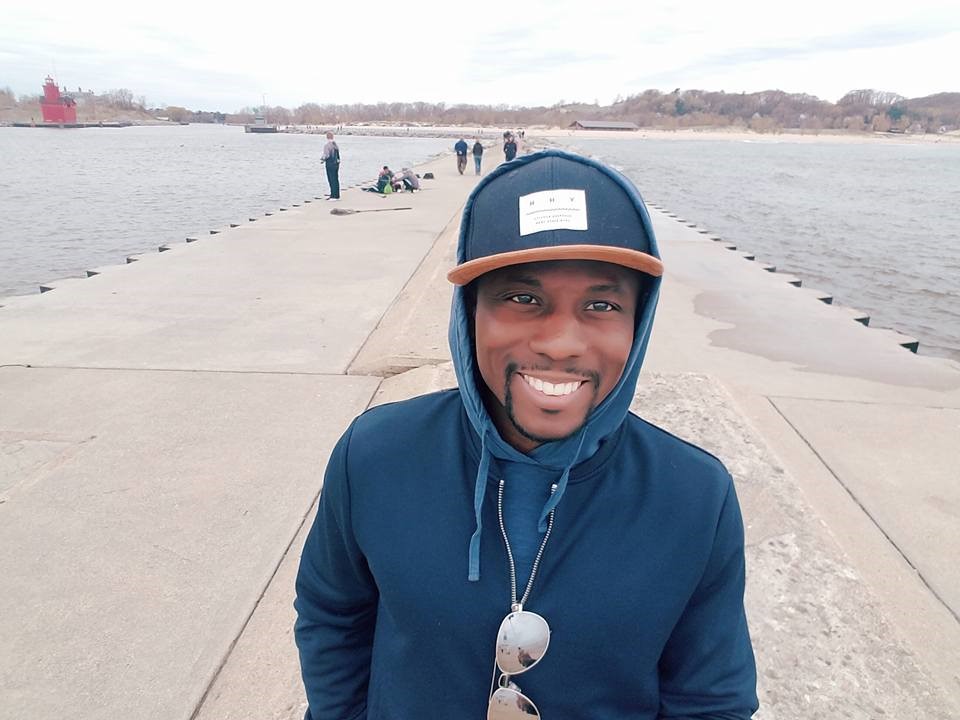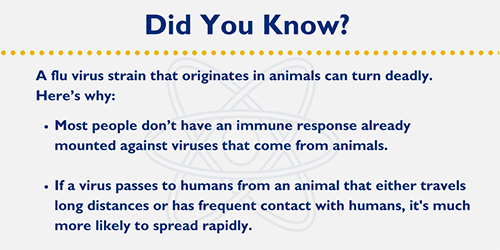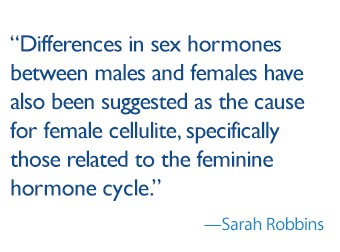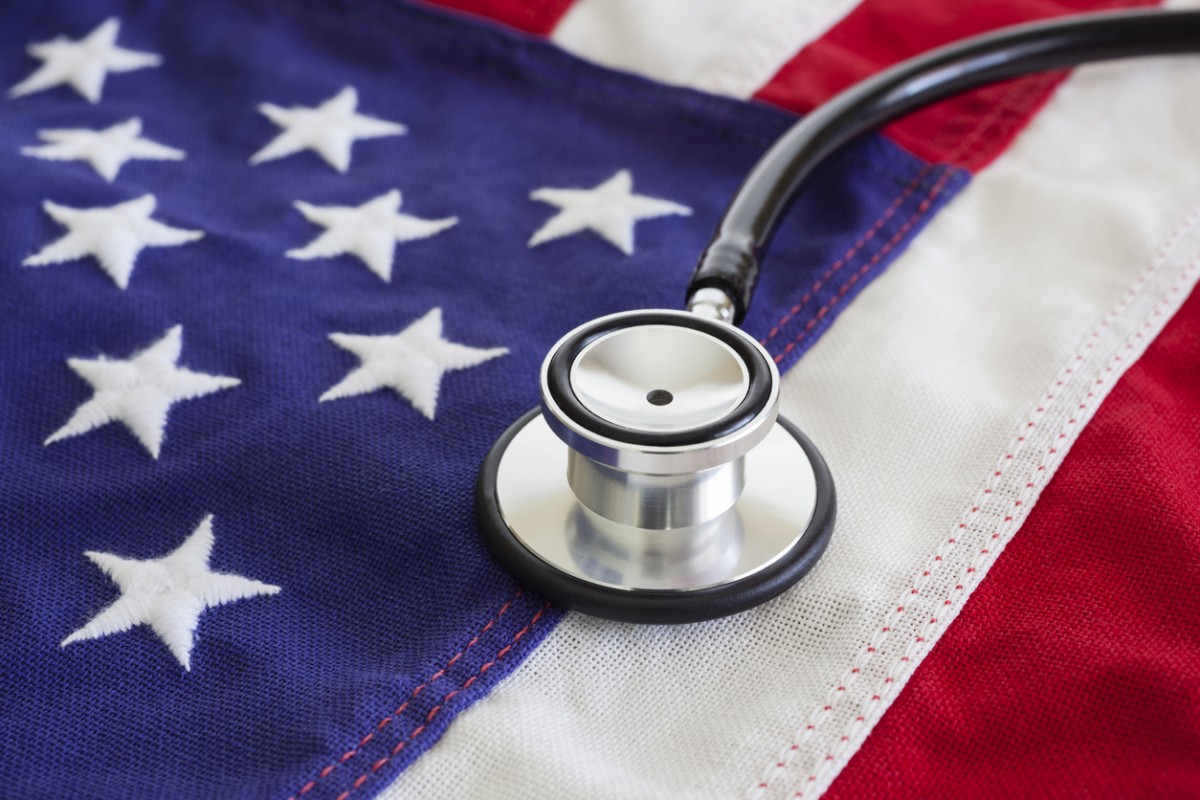Human Cord Blood Improves Memory in Old Mice – Surge of Interest in the “Fountain of Youth”
Is parabiosis the new fountain of youth? Parabiosis, meaning “living beside,” is a 150-year-old surgical technique that unites the blood vessels of two living animals.… Read More »Human Cord Blood Improves Memory in Old Mice – Surge of Interest in the “Fountain of Youth”
